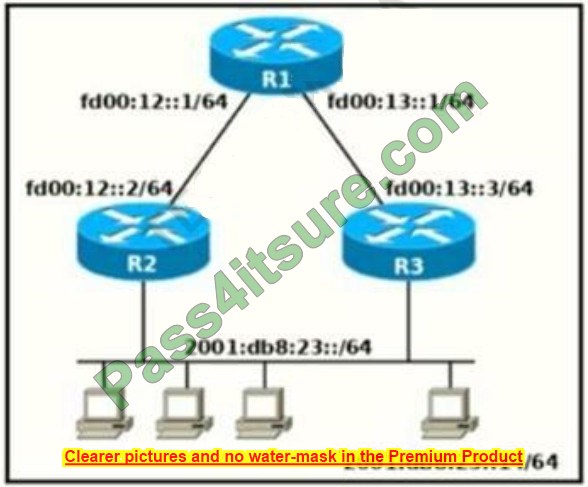How could you prepare for your 400-101 dumps certification exam?
Related pass4itsure 400-101 Dumps Exams
- 350-001: CCIE Routing and Switching Written
- 350-001-LAB: CCIE-ROUTING AND SWITCHING QUALIFICATION (Lab exam)
- 350-001GB2312-LAB: CCIE-ROUTING AND SWITCHING QUALIFICATION (Lab exam)
- 350-018 CCIE Security written
- 350-020 CCIE SP Optical Qualification Exam
- 350-021 CCIE SP Cable Qualification Exam
- 350-022 CCIE Written, Service Provider: DSL
- 350-023 CCIE Written: WAN Switching
Related pass4itsure 400-101 Dumps Certifications
- Wireless LAN
- WAASSE
- Wireless BYOD Specialist
- VPN and Security
- Unified Communications
- Substation Automation
- TelePresence Video
- Storage Networking
[2018-New-pass4itsure 400-101 Dumps Exams From Google Drive]: https://drive.google.com/open?id=0BwxjZr-ZDwwWczJDVzl1SUJLWms
[2018-New-pass4itsure 400-051 Dumps Exams From Google Drive]: https://drive.google.com/open?id=0BwxjZr-ZDwwWNkViTVpuUWl4SGs
Download Complete List of Topics in PDF format (includes Evolving Technology v1.1)
- 1.0 Network Principles 10%
- 2.0 Layer 2 Technologies 13%
- 3.0 Layer 3 Technologies 37%
- 4.0 VPN Technologies 13%
- 5.0 Infrastructure Security 5%
- 6.0 Infrastructure Services 12%
- 7.0 Evolving Technologies v1.0 10%
pass4itsure 400-101 dumps with 100% confirmed exam questions and answers. The 400-101 (CCIE Routing and Switching) CCIE Routing and Switching Written Exam exam is associated with the Cisco CCIE Routing & Switching certification and with the Cisco specialist. After preparing pass4itsure 400-101 dumps you can easily pass your exam with more than 95% marks. This exam tests a candidate’s knowledge of CCIE Routing and Switching Written Exam. By using pass4itsure 400-101 dumps study material we assured you that you will pass your IT certification or exam with 100% money back guarantee on same day. Users will receive certificate of completion upon passing the course with an 80% or better. Our experts team available 24/7 for your support or your queries related to pass4itsure study material.
★ Pass on Your First TRY ★ 100% Money Back Guarantee ★ Realistic Practice Exam Questions 1-10
Refer to the exhibit.
Question No : 1 – (Topic 1)
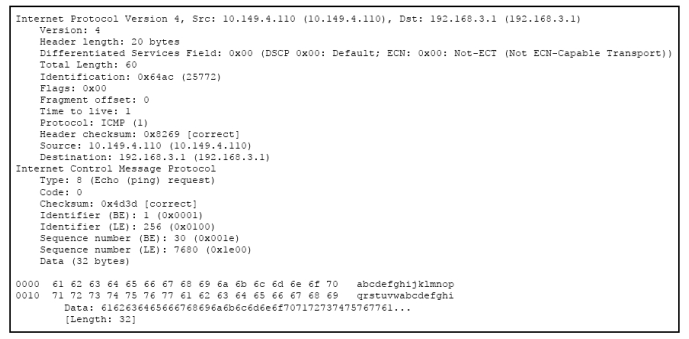
ICMP Echo requests from host A are not reaching the intended destination on host B. What is the problem?
A. The ICMP payload is malformed.
B. The ICMP Identifier (BE) is invalid.
C. The negotiation of the connection failed.
D. The packet is dropped at the next hop.
E. The link is congested.
400-101 exam Answer: D
Explanation:
Here we see that the Time to Live (TTL) value of the packet is one, so it will be forwarded to the next hop router, but then dropped because the TTL value will be 0 at the next hop.
Question No : 2 – (Topic 1)
What is the cause of ignores and overruns on an interface, when the overall traffic rate of
the interface is low?
A. a hardware failure of the interface
B. a software bug
C. a bad cable
D. microbursts of traffic
Answer: D
Explanation:
Micro-bursting is a phenomenon where rapid bursts of data packets are sent in quick succession, leading to periods of full line-rate transmission that can overflow packet buffers of the network stack, both in network endpoints and routers and switches inside the network. Symptoms of micro bursts will manifest in the form of ignores and/ or overruns (also shown
as accumulated in “input error” counter within show interface output). This is indicative of receive ring and corresponding packet buffer being overwhelmed due to data bursts coming in over extremely short period of time (microseconds). You will never see a sustained data traffic within show interface’s “input rate” counter as they are averaging bits per second (bps) over 5 minutes by default (way too long to account for microbursts). You can understand microbursts from a scenario where a 3-lane highway merging into a single lane at rush hour – the capacity burst cannot exceed the total available bandwidth (i.e. single lane), but it can saturate it for a period of time.
Question No : 3 DRAG DROP – (Topic 1)
Drag and drop the extended ping command field on the left to its usage on the right.

Answer:

Question No : 4 – (Topic 1)
Refer to the exhibit.

Which statement about the output is true?
A. The flow is an HTTPS connection to the router, which is initiated by 144.254.10.206.
B. The flow is an HTTP connection to the router, which is initiated by 144.254.10.206.
C. The flow is an HTTPS connection that is initiated by the router and that goes to 144.254.10.206.
D. The flow is an HTTP connection that is initiated by the router and that goes to 144.254.10.206.
400-101 pdf Answer: A
Explanation:
We can see that the connection is initiated by the Source IP address shown as 144.254.10.206. We also see that the destination protocol (DstP) shows 01BB, which is in hex and translates to 443 in decimal. SSL/HTTPS uses port 443.
Question No : 5 – (Topic 1)
Refer to the exhibit.
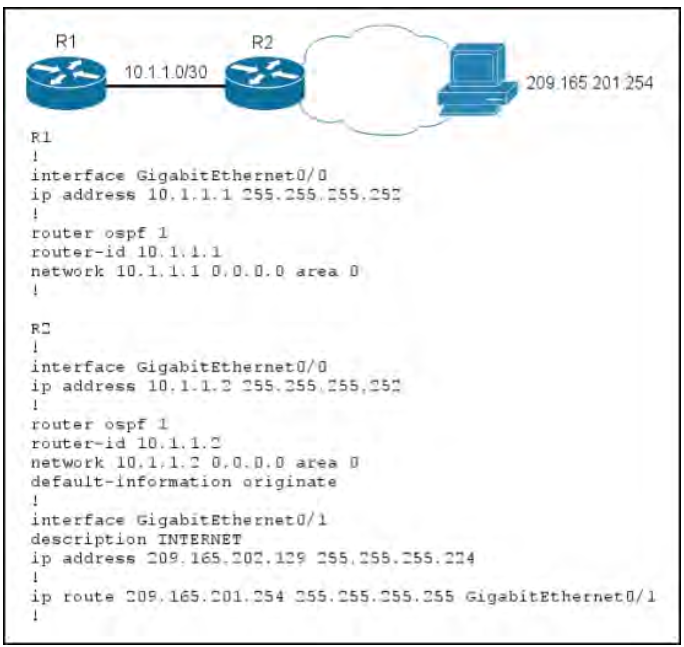
Routers R1 and R2 are configured as shown, and traffic from R1 fails to reach host 209.165.201.254. Which action can you take to correct the problem?
A. Ensure that R2 has a default route in its routing table.
B. Change the OSPF area type on R1 and R2.
C. Edit the router configurations so that address 209.165.201.254 is a routable address.
D. Remove the default-information originate command from the OSPF configuration of R2.
400-101 vce Answer: A
Explanation:
Not sure that any of these answers are correct, it appears that this configuration is valid for reaching that one specific host IP. Answer A does have a route to that host so it would not need a default route to get to it. Choice B is incorrect as the area types have nothing to do with this. C is incorrect as that IP address is routable, and D is needed so that R1 will have a default route advertised to it from R2 so that it can reach this destination.
Question No : 6 – (Topic 1)
Which statement describes the purpose of the Payload Type field in the RTP header?
A. It identifies the signaling protocol.
B. It identifies the codec.
C. It identifies the port numbers for RTP.
D. It identifies the port numbers for RTCP.
Answer: B
Explanation:
PT, Payload Type. 7 bits: Identifies the format of the RTP payload and determines its interpretation by the application. A profile specifies a default static mapping of payload type codes to payload formats. Additional payload type codes may be defined dynamically through non-RTP means. An RTP sender emits a single RTP payload type at any given time; this field is not intended for multiplexing separate media streams. A full list of codecs and their payload type values can be found at the link below:
Question No : 7 – (Topic 1)
How many hash buckets does Cisco Express Forwarding use for load balancing?
A. 8
B. 16
C. 24
D. 32
400-101 exam Answer: B
Explanation:
In order to understand how the load balance takes place, you must first see how the tables relate. The Cisco Express Forwarding table points to 16 hash buckets (load share table), which point to the adjacency table for parallel paths. Each packet to be switched is broken up into the source and destination address pair and checked against the loadshare table.
Question No : 8 – (Topic 1)
Which statement is true regarding the UDP checksum?
A. It is used for congestion control.
B. It cannot be all zeros.
C. It is used by some Internet worms to hide their propagation.
D. It is computed based on the IP pseudo-header.
Answer: D
Explanation:
The method used to compute the checksum is defined in RFC 768:
“Checksum is the 16-bit one’s complement of the one’s complement sum of a pseudo header of information from the IP header, the UDP header, and the data, padded with zero octets at the end (if necessary) to make a multiple of two octets.” In other words, all 16-bit words are summed using one’s complement arithmetic. Add the 16-bit values up. Each time a carry-out (17th bit) is produced, swing that bit around and add it back into the least significant bit. The sum is then one’s complemented to yield the value of the UDP checksum field. If the checksum calculation results in the value zero (all 16 bits 0) it should be sent as the one’s complement (all 1s).
Question No : 8 – (Topic 1)
Which two Cisco Express Forwarding tables are located in the data plane? (Choose two.)
A. the forwarding information base
B. the label forwarding information base
C. the IP routing table
D. the label information table
E. the adjacency table
400-101 dumps Answer: A,B
Explanation:
The control plane runs protocols such as OSPF, BGP, STP, LDP. These protocols are needed so that routers and switches know how to forward packets and frames. The data plane is where the actual forwarding takes place. The data plane is populated based on the protocols running in the control plane. The Forwarding Information Base (FIB) is used for IP traffic and the Label FIB is used for MPLS.
Question No : 10 – (Topic 1)
Which two mechanisms can be used to eliminate Cisco Express Forwarding polarization? (Choose two.)
A. alternating cost links
B. the unique-ID/universal-ID algorithm
C. Cisco Express Forwarding antipolarization
D. different hashing inputs at each layer of the network
Answer: B,D
Explanation:
This document describes how Cisco Express Forwarding (CEF) polarization can cause suboptimal use of redundant paths to a destination network. CEF polarization is the effect when a hash algorithm chooses a particular path and the redundant paths remain completely unused.
How to Avoid CEF Polarization
Alternate between default (SIP and DIP) and full (SIP + DIP + Layer4 ports) hashing inputs configuration at each layer of the network. Alternate between an even and odd number of ECMP links at each layer of the network.The CEF load-balancing does not depend on how the protocol routes are inserted in the routing table. Therefore, the OSPF routes exhibit the same behavior as EIGRP. In a hierarchical network where there are several routers that perform load-sharing in a row, they all use same algorithm to load-share. The hash algorithm load-balances this way by default:
1: 1
2: 7-8
3: 1-1-1
4: 1-1-1-2
5: 1-1-1-1-1
6: 1-2-2-2-2-2
7: 1-1-1-1-1-1-1
8: 1-1-1-2-2-2-2-2
The number before the colon represents the number of equal-cost paths. The number after the colon represents the proportion of traffic which is forwarded per path.
This means that:
For two equal cost paths, load-sharing is 46.666%-53.333%, not 50%-50%.
For three equal cost paths, load-sharing is 33.33%-33.33%-33.33% (as expected).
For four equal cost paths, load-sharing is 20%-20%-20%-40% and not 25%-25%- 25%-25%.
This illustrates that, when there is even number of ECMP links, the traffic is not load balanced. Cisco IOS introduced a concept called unique-ID/universal-ID which helps avoid CEF polarization. This algorithm, called the universal algorithm (the default in current Cisco IOS versions), adds a 32-bit router-specific value to the hash function (called the universal ID – this is a randomly generated value at the time of the switch boot up that can can be manually controlled). This seeds the hash
function on each router with a unique ID, which ensures that the same source/destination pair hash into a different value on different routers along the path. This process provides a better network-wide load-sharing and circumvents the polarization issue. This unique -ID concept does not work for an even number of equal-cost paths due to a hardware limitation, but it works perfectly for an odd number of equal-cost paths. In order to overcome this problem, Cisco IOS adds one link to the hardware adjacency table when there is an even number of equal cost paths in order to make the system believe that there is an odd number of equal-cost links.
pass4itsure 400-101 Exam Questions & Answers
Exam Code: 400-101
Exam Name: CCIE Routing and Switching Written Exam
Q&As: 1379
Customer’s are very important for us. The 400-101 dumps exam is an important one for the Cisco CCIE Routing & Switching certification. We are committed with you to help during your study period. It is also known as the
certification. After you pass it you are on your way to get the complete Cisco certification. You will get the best oportunities in the market after passing your exam with good grades. You can check out the interface, question quality and usability of our practice exams before you decide to buy it. pass4itsure Cisco 400-101 dumps exam has given a new direction to the IT industry. You need to practice questions for a week at least to score well in the exam.
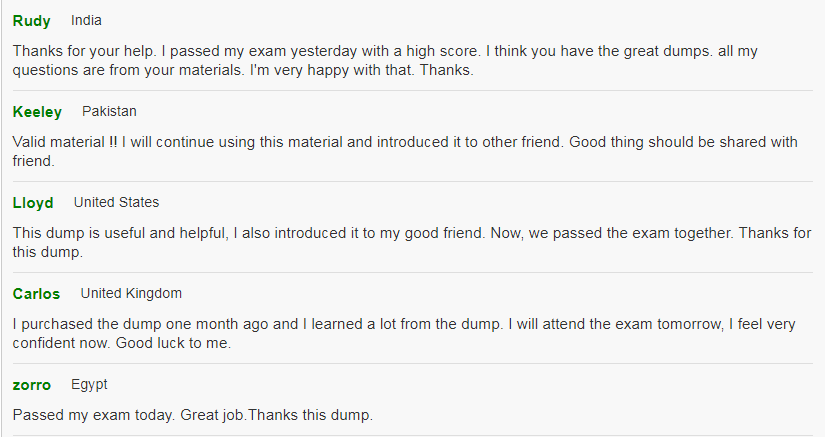
You have tried all kinds of exam questions when others are still looking around for 400-101 dumps materials, which means you have stayed one step ahead of other IT exam candidates. We check the updating of Cisco exam dumps everyday to make sure customer to pass the exam with latest vce dumps. Your real journey to success in pass4itsure 400-101 dumps exam, actually starts with pass4itsure exam practice questions that is the excellent and verified source of your targeted position.
Since I have been upgrading the material, it is very similar to the actual exam problem. It is now considered as the platform which leads to a brighter future. The test pass rate of pass4itsure is also very high, and the fact is that it cannot be denied. But you need to put extreme effort in Cisco CCIE R&S Written exam, because there is no escape out of reading. We will provide one year free update service for those customers who choose pass4itsure’s products. But pass4itsure have made your work easier, now your exam preparation for 400-101 dumps CCIE R&S Written is not tough anymore. pass4itsure 400-101 dumps certificate can help you a lot. As, the pass4itsure is an reliable and trustworthy platform who provides 400-101 exam questions with 100% success guarantee.
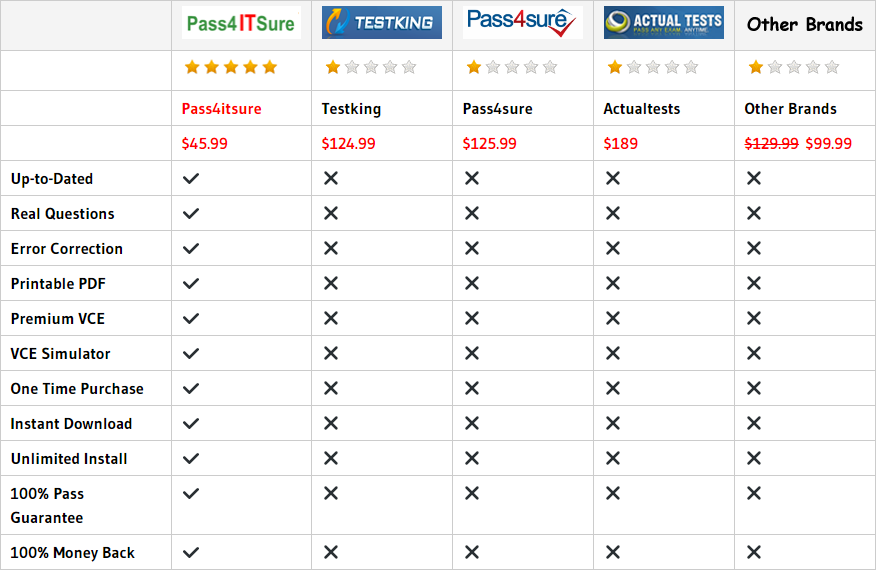
pass4itsure Provides Cisco 400-101 Dumps Cert CCIE Routing and Switching Written Exam 100% Pass With A High Score.
pass4itsure Promo Code 15% Off

